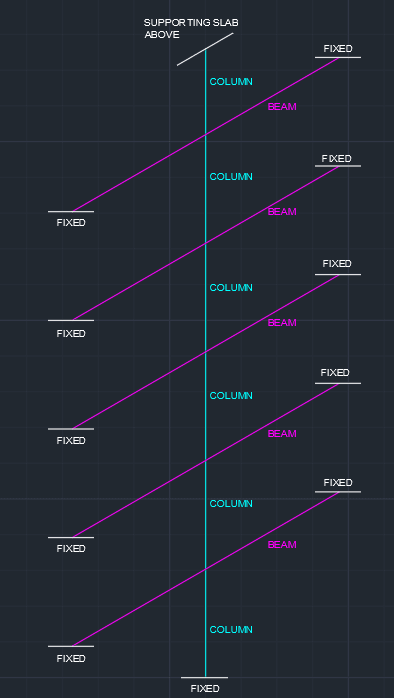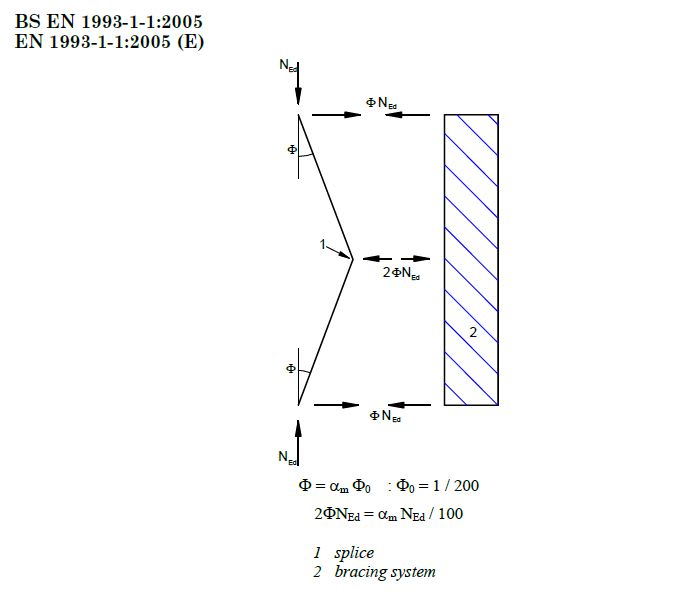Good day, All
My query is regarding this situation between steel beams supported at either ends with a column in the middle being braced along its weak axis.
If the beam can take 2% of the axial load applied on the column, does this mean that the column is therefore braced in it's strong axis and therefore the effective length for the strong axis is the same as the weak axis and design the axial load for a shorter length column than the full length?
For further context, the beam column connection is designed so that the flanges of the column are prevented from buckling.
To my understanding the answer above is yes, but I'm hearing mixed discussions and would like to clarify
Image below is for reference, excuse the stick diagram.

My query is regarding this situation between steel beams supported at either ends with a column in the middle being braced along its weak axis.
If the beam can take 2% of the axial load applied on the column, does this mean that the column is therefore braced in it's strong axis and therefore the effective length for the strong axis is the same as the weak axis and design the axial load for a shorter length column than the full length?
For further context, the beam column connection is designed so that the flanges of the column are prevented from buckling.
To my understanding the answer above is yes, but I'm hearing mixed discussions and would like to clarify
Image below is for reference, excuse the stick diagram.



